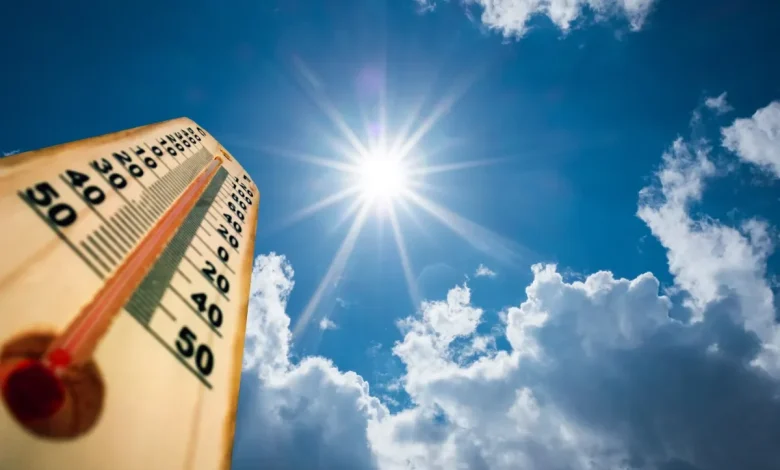These 4 States Hit by Freezing Temperatures Face Record Highs Days Later

Four states could see their daily record-high temperatures challenged this week only days after temperatures dipped to freezing levels.
Why It Matters
A rapid weather shift will impact Texas, Missouri, Arkansas and Oklahoma this week, as record-challenging warmth sweeps over the region just days after a powerful Arctic cold front prompted freezing temperatures and even snowfall. The dramatic turnaround could break high-temperature records and enhance wildfire risks where vegetation has quickly dried out.
What To Know
Earlier this week, a significant early-season cold spell plunged temperatures in the central and southern U.S. to below-average levels. Widespread freeze warnings were issued across the South, including in Florida, which saw temperatures more typical of the middle of winter, National Weather Service (NWS) meteorologist George Rizzuto told Newsweek.
According to Fox Weather, more than 70 record-low temperatures were set across the eastern and southern regions as Arctic air poured in. Cities that set record-low temperatures included Miami; Charleston, South Carolina; and Cincinnati. Cities in Texas and Oklahoma experienced overnight lows near or below freezing.
In Missouri and Arkansas, similar conditions saw temperatures dip far below seasonal averages. On Monday, the NWS issued freeze warnings and red flag warnings for parts of Texas, following a combination of dry, gusty winds and cold that can elevate fire and cold-weather risks. Temperatures in Russellville, Arkansas, and Springfield, Missouri, could be challenged on Saturday, Fox Weather reported. The record daily high in Russellville is 81 degrees set in 1958, and the record daily high in Springfield is 78 degrees set in 1964.
However, the cold blast was short-lived. Forecasts from AccuWeather and other weather services show a dramatic shift by late week, as a pronounced bulge in the jet stream brings warm, southerly air back to the Plains and Mississippi Valley. Temperatures are projected to reach the 70s and 80s.
On Friday, multiple daily record highs may be challenged in Texas and Oklahoma as a result of this surge, including in Abilene and Borger, Texas, which set record daily highs of 84 degrees in 1989 and 81 degrees in 1988, respectively, and Tulsa, Stillwater and Oklahoma City, Oklahoma. Tulsa’s daily record high is 79, set in 1960; Stillwater’s is 81, set in 2020; and Oklahoma City’s is 80, set in 1999.
The forecasted warmup represents a swing of 20 to 30 degrees in some locations within just a few days.
What People Are Saying
AccuWeather, in a report: “The combination of warm air and breezy conditions will increase the risk of wildfire ignition and rapid spread in portions of the Plains states, where grass and brush have dried out.”
NWS, in a Wednesday forecast: “Much of the West and Central US will see high temperatures from the 60s/70s today increase to the 70s for Thursday into Friday with 80s in the Southern Plains, running from 10-20 degrees above normal with locations in the Northern Plains nearing 30 degrees above average by Friday.”
What Happens Next
The anticipated warmth will challenge or break daily record highs, especially across Texas and Oklahoma, through Friday and into the weekend. The powerful swing also aggravates wildfire concerns, as warm, breezy and dry conditions are forecast to persist over already-parched vegetation in the Plains states.
The forecast outlook from the National Oceanic and Atmospheric Administration’s Climate Prediction Center suggests that above-average temperatures could persist for much of the central and eastern U.S. through mid- to late-November. The Northeast is expecting possible rounds of snow and icy precipitation later this week.





